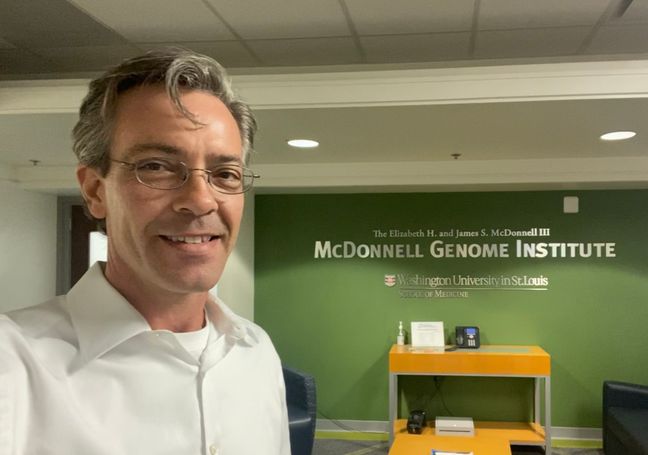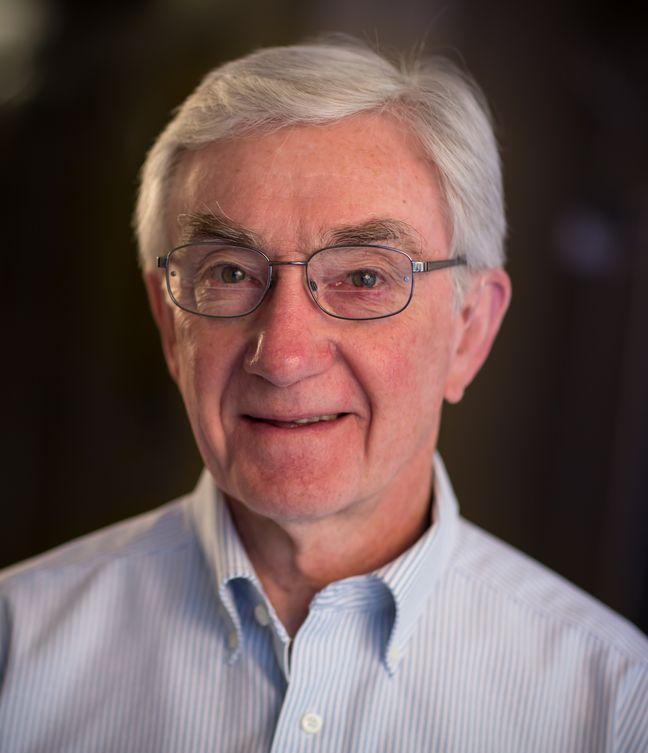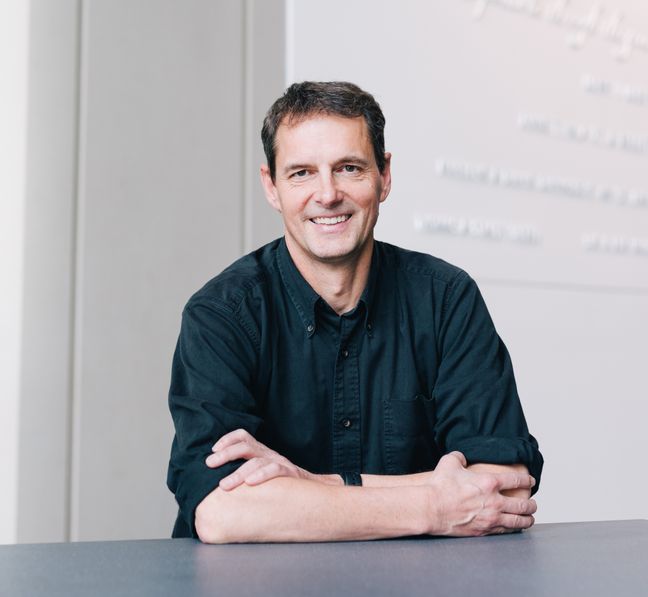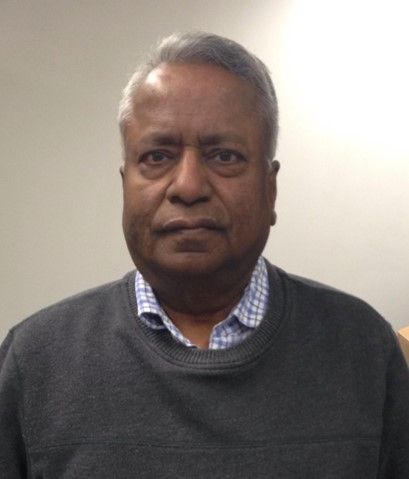The First Genome-Editing Trial

Session co-organiser and moderator: David Briner
McDonnell Genome Institute, Washington University School of Medicine, St. Louis, United States

Panelist: Dana Carroll
University of Utah School of Medicine, United States

Panelist: Edward Rebar
Recently of Sana Biotechnology, United States

Panelist: Matthew Porteus
Stanford University, United States

Panelist: Srinivasan Chandrasegaran
Johns Hopkins School of Public Health, United States